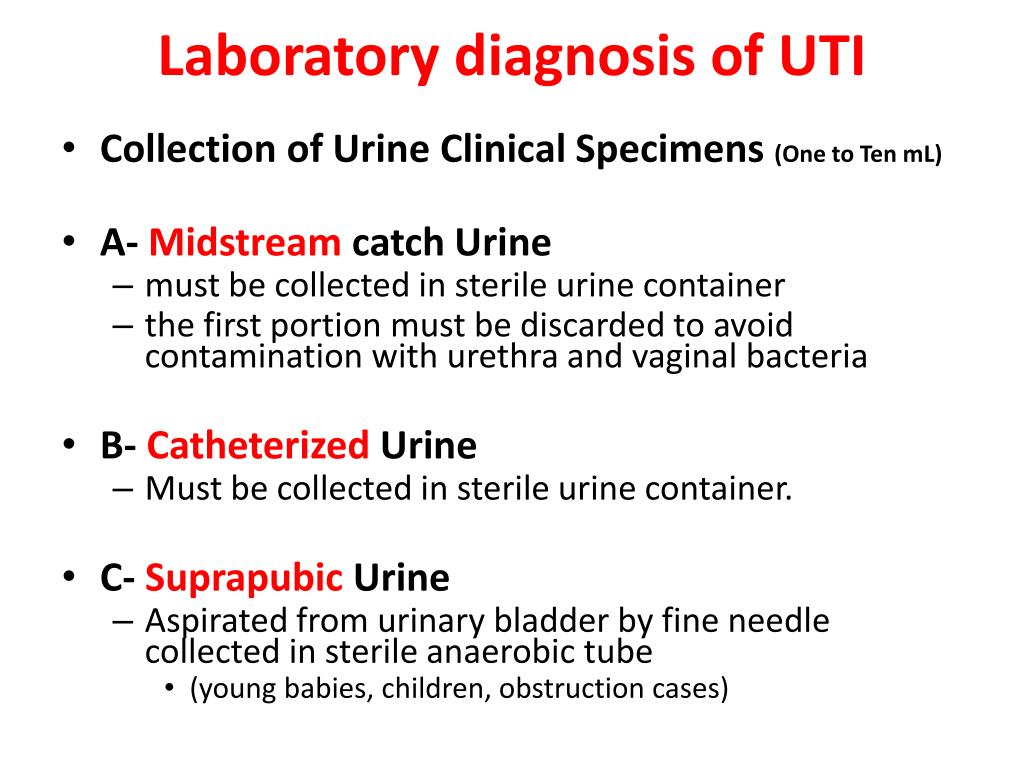

Rapid diagnosis and reduced workload for urinary tract infection using flowcytometry combined with direct antibiotic susceptibility testing. M., Aasen, L., Tjade, T., Bjerner, J., Ranheim, T. Lower Urinary Tract Infections: Management, Outcomes and Risk Factors for Antibiotic Re-prescription in Primary Care. Polymerase Chain Reaction (PCR) Molecular Technology Diagnosis based on the detection of specific DNA strands Identifies antimicrobial resistance markers. Hospital-acquired urinary tract infection International journal of clinical practice, 57(5), 388–391. Kalsi, J., Arya, M., Wilson, P., & Mundy, A. Urinary tract infection syndromes: occurrence, recurrence, bacteriology, risk factors, and disease burdenĮin neuer Schritt zur schnelleren Urinanalytik The average growth rates are calculated in real time and the bacteria are considered susceptible if its growth is duly inhibited. Bacterial growth is monitored in each trap, some of which contain a candidate antibiotic. The trapped bacteria are monitored, whereby the loading time gives an estimate of the density of bacteria in the sample. A sample is loaded onto a microfluidic chip and any bacteria present are caught in bacteria-sized traps. One way this is happening is by measuring the growth rate of bacterial cells in real time through microfluidics and image analysis methods. There are newer technologies under development to improve and speed up the AST process. One example is antibiotic susceptibility testing (AST), which is performed to identify which antimicrobial regimen is specifically effective for individual infections. This will improve the clinical dilemma as well as the patient experience and address the growing impact of AMR through targeted antimicrobial treatments. Diagnostic information must be accessible and understandable at all levels along the clinical decision pathway to allow quick and confident decision support for the treatment of UTI. To shape the advancement of healthcare we are aiming to build a bridge between the laboratory and clinicians through diagnostic technology. A recent study revealed that patients prefer convenience and confidence of diagnostic approaches instead of speed in context of AMR. A look into the future of addressing UTIs and antibiotic useĪ patient searching for relief from UTI-related malaise, added to the time-consuming diagnostics for appropriate clinical decision making, creates a dilemma in clinical practice, leading to antibiotic treatment of individuals without proper diagnostics.


 0 kommentar(er)
0 kommentar(er)
